
Trekking in Vietnam is an increasingly popular activity combining long-distance hiking with travel. Many travelers have been impressed by the country’s beauty and have set up adventurous journeys into every corner of Vietnam.

Vietnam is a perfect trekking destination
But if you're a first-time trekker or haven't visited Vietnam before, you might wonder if this trip is the right fit for you. Fear not! Asia King Travel will address your trekking queries and provide valuable advice for an unforgettable trekking experience in Vietnam.
The term “trekking” originates from the Dutch word “trekken,” which means wander or migrate. Essentially, trekking is an adventurous form of travel that takes you through remote villages and off-the-beaten-path regions, far from densely populated areas.
Trekking is unlike other tourist activities because it involves experiencing nature and visiting unfamiliar locations, often with limited facilities or essential amenities. Participants must continuously walk long distances and may need to camp on the way. Sometimes, challenging treks can expose you to harsh weather conditions and life-threatening situations.
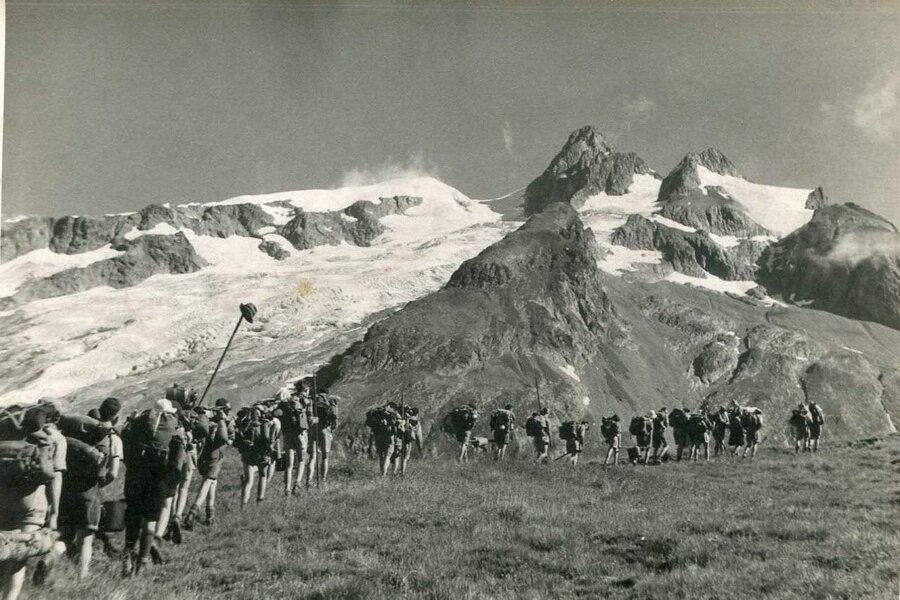
Trekking first gained popularity in English in the early 20th century. Source: Manchester Grammar School
Misconceptions about trekking and hiking are still common. Hiking is a shorter, easier journey, commonly walked on looped marked trails, to-and-back, or even destination hikes. It usually has a shorter duration compared to trekking. To sum up, hiking is a walk, and trekking is more than just a simple walk.
Vietnam is so famous around the world for its natural beauty. With three-quarters of the terrain being mountainous, many places in the country have challenging trekking routes for trekkers to conquer and explore.
Vietnam's terrain also can be divided into trekking difficulties. Beginners can start with the low mountains near Hanoi. Some get used to trekking might head to Sapa or the Bach Ma Range. If anyone wants to push themselves to the limit, the highest peaks in the Northwest region await.
Suggested for you: Vietnam Trekking Tours
Prioritizing safety is paramount in such a thrilling trip to Vietnam like trekking. Vietnam's weather can be unpredictable, especially in mountainous regions. Always check the forecast and be prepared for sudden changes. Pack rain gear and layers of clothing to adapt to fluctuating temperatures.

Double up on your essentials before you start your trip
Advisable to inform your relatives about your trekking route and expected return time. While trekking, remember to have emergency contact numbers readily available on your person. Finally, knowing the location of the nearest medical facilities is vital in case of unforeseen circumstances.
The first step to an unforgettable trek in Vietnam is picking the ideal season. Generally, the window between October and April brings you the best conditions. During this time, you'll avoid the monsoon season's downpours that can turn trails muddy and hazardous.
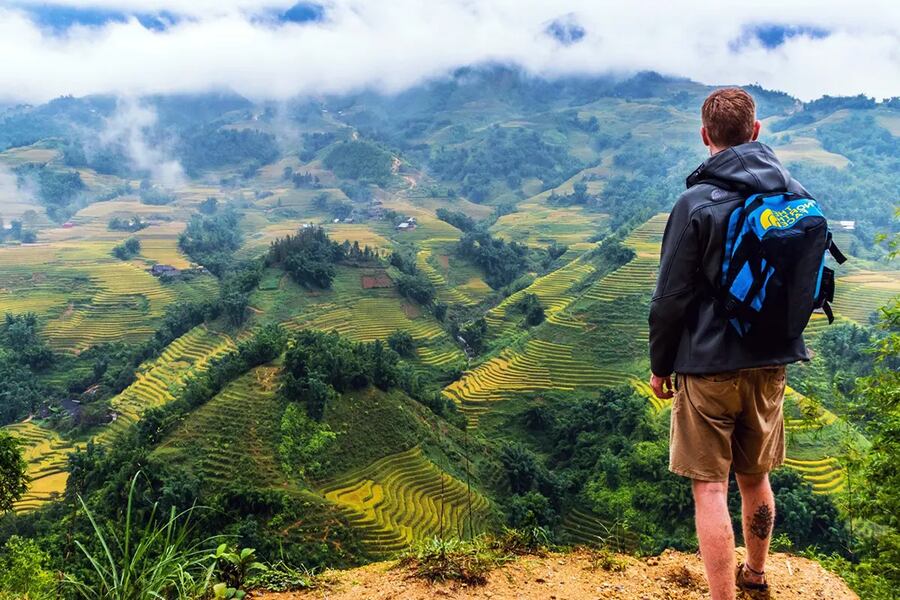
Pleasant weather will enhance your trekking experience
However, Vietnam's north and south have distinct climates to consider. While October to April is a good rule of thumb, keep in mind northern Vietnam experiences harsh temperatures in the winter months (December to February). So, if you prefer warmer weather, then southern Vietnam might be a better choice, as it enjoys pleasant temperatures year-round.
Before you hit the trails in Vietnam, crucial to ensure your body is up for the challenge. Trekking Vietnam's mountainous regions requires a good level of physical fitness cause the way up there is not easy. To prepare yourself, incorporate regular walks and hikes into your routine in the months leading up to your trip.
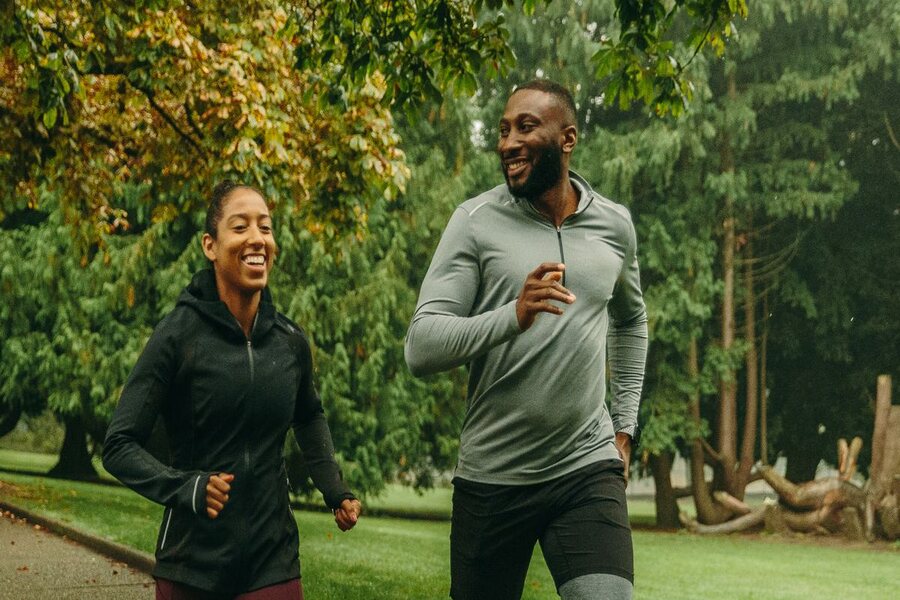
Trekking demands a high level of physical readiness. Source: Runner's World
One more thing to keep in mind is altitude sickness. Factor in a day or two for acclimatization before attempting your high-altitude trek could avoid this unpleasant condition. Spend this time exploring the lower surrounding areas and gradually increase your elevation each day. This allows your body to adjust to the thinner air at higher heights.
When planning a trek in Vietnam, consider hiring a guide or joining a tour company. Solo travel might be cheaper, but don’t take your own risk! Local guides are invaluable assets on your trek. They possess a deep understanding of the area knowledge. Guides can also navigate you safely on less marked trails and can fully appreciate the hidden gems of the trek.
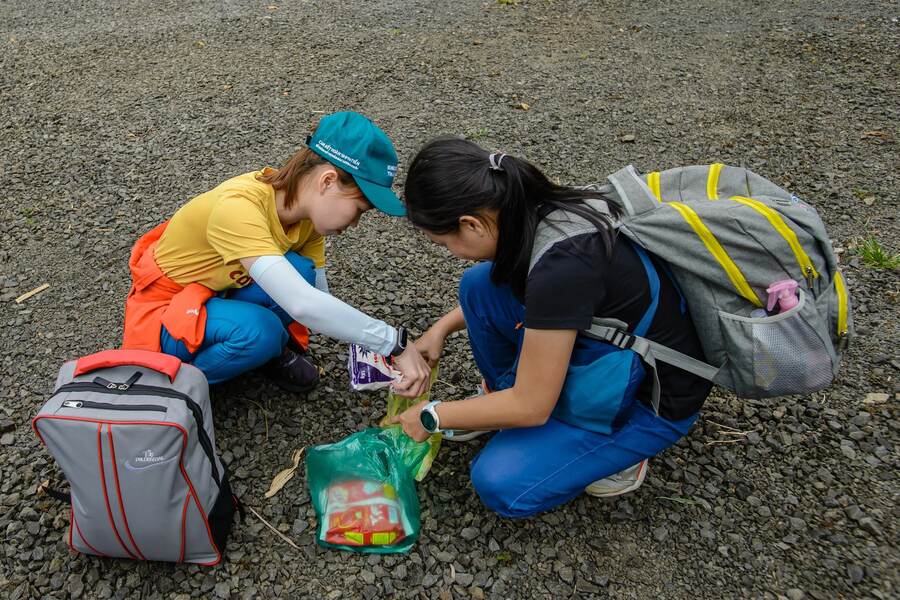
A local guide can assist you in overcoming any obstacles encountered during your trek
If you prefer a more structured experience, particularly in popular trekking destinations like Northwestern or Central Highlands, it’s best to find a travel agency. They will give you a full-service experience, you just need to focus entirely on enjoying the trail. Asia King Travel proudly states to have the best trekking tours in Vietnam.
Trekking is not just a casual outing, so what you bring is crucial. The items you carry will make your journey easier and can even help you navigate difficult situations. Don't forget to pack insect repellent and sunscreen to ward off pesky bugs and the strong Vietnamese sun. A well-stocked first-aid kit is vital for addressing minor injuries on the trail.
For clothes, prioritize lightweight, breathable clothing could dry quickly. Opt for moisture-wicking fabrics to keep you cool and comfortable during hot days. A wide-brimmed hat and sunglasses are crucial for sun protection. Pack layers of clothing to adjust to the cooler temperatures for treks in higher elevations like Y Ty.
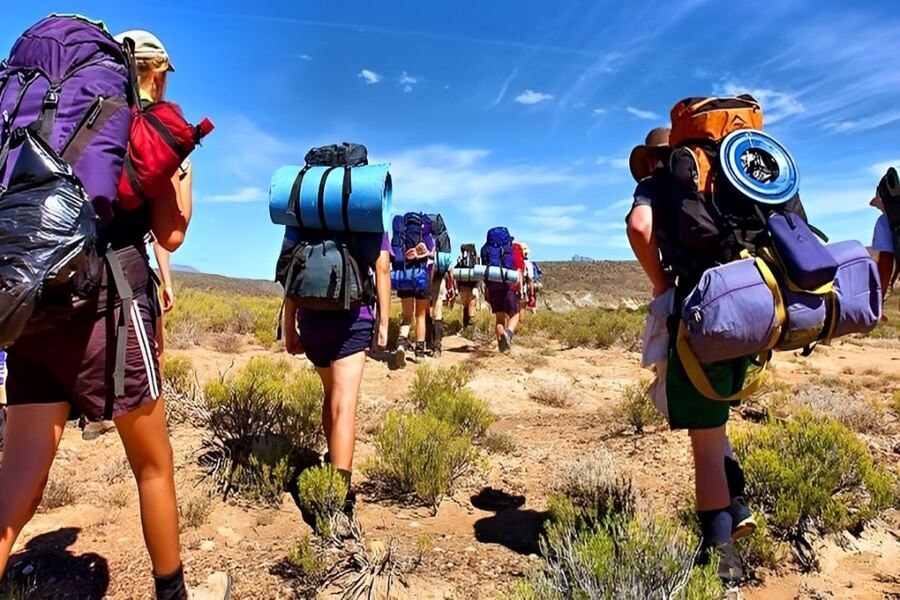
Select an appropriately sized backpack and limit your belongings to essential gear
For footwear, invest in sturdy, comfortable trekking boots with a good grip to handle various terrains and prevent slips. Choose the shoes that fit your foot size because some treks covering significant distances will take days.
For backpack, a high-quality backpack with a rain cover will protect your belongings from the elements. This backpack also needs to fit you well and be able to carry all the necessities.
You can meet villages and local people on your trails, remember to be courteous and mindful of cultural sensitivities. A simple gesture like a smile and a nod goes a long way. Learning a few basic Vietnamese phrases demonstrates your effort to connect and shows respect for their culture. Some simple Vietnamese sentences will likely be useful while trekking:

Don't be afraid to strike up conversations with the locals. Source: Quankhu2
Vietnam's natural beauty is a treasure to be preserved. Always carry out all your trash, including food scraps and wrappers. Be mindful of wildlife and avoid disturbing the habitat. Stick to designated trails to prevent erosion and protect delicate ecosystems. By being a responsible trekker, you keep Vietnam’s spectacular for the latter and your next time.
Armed with this Vietnam trekking guide, you'll be ready to tackle even the toughest trails confidently. So lace up your boots, pack your bags, and get ready to discover the magic of trekking in Vietnam. And for expert guidance on putting these tips into practice, be sure to contact a reputable travel company like Asia King Travel.
Suggested for you: The famous mountains for trekking in Vietnam